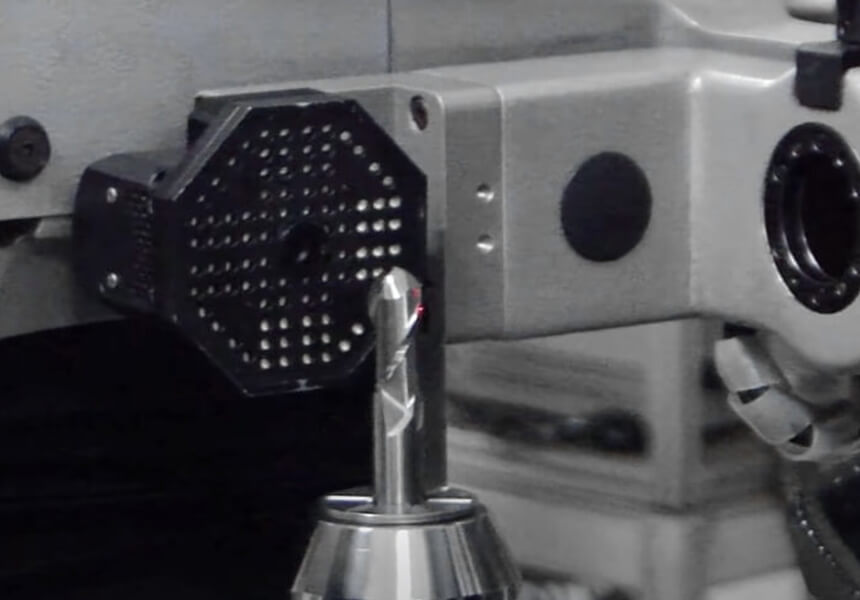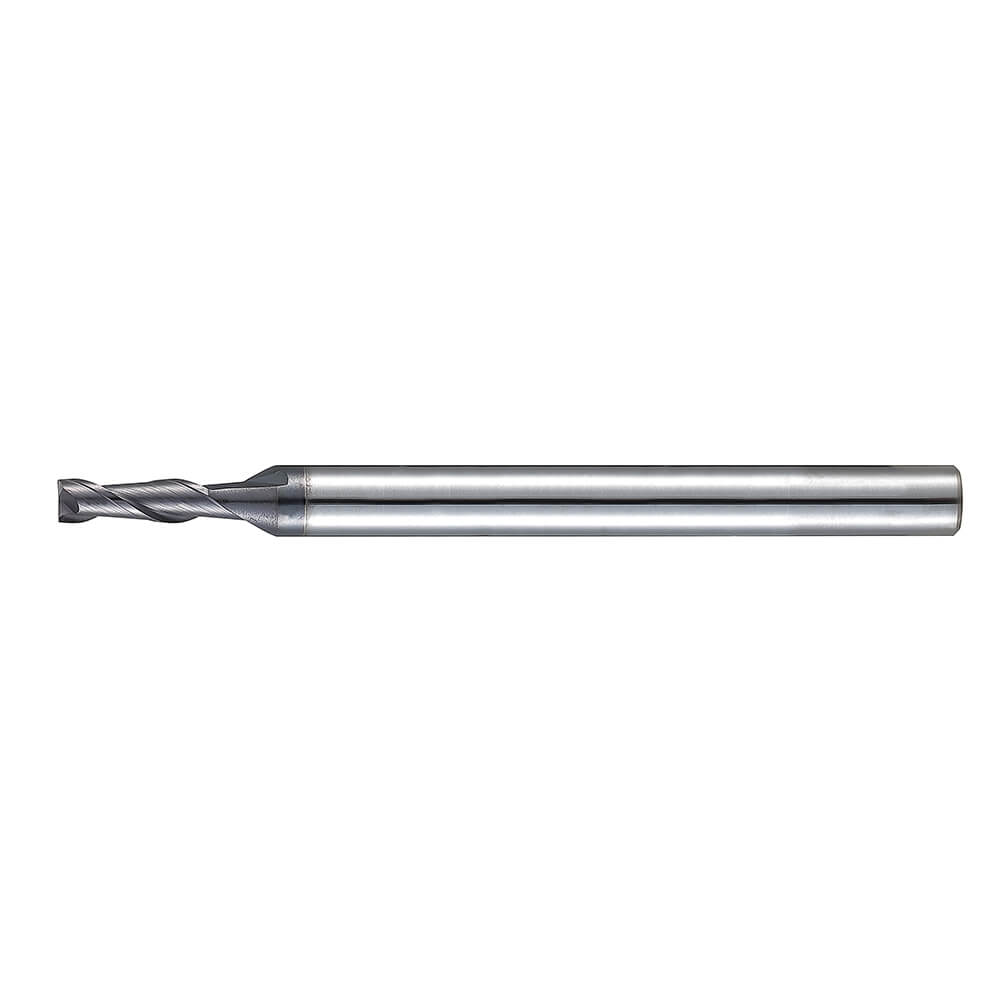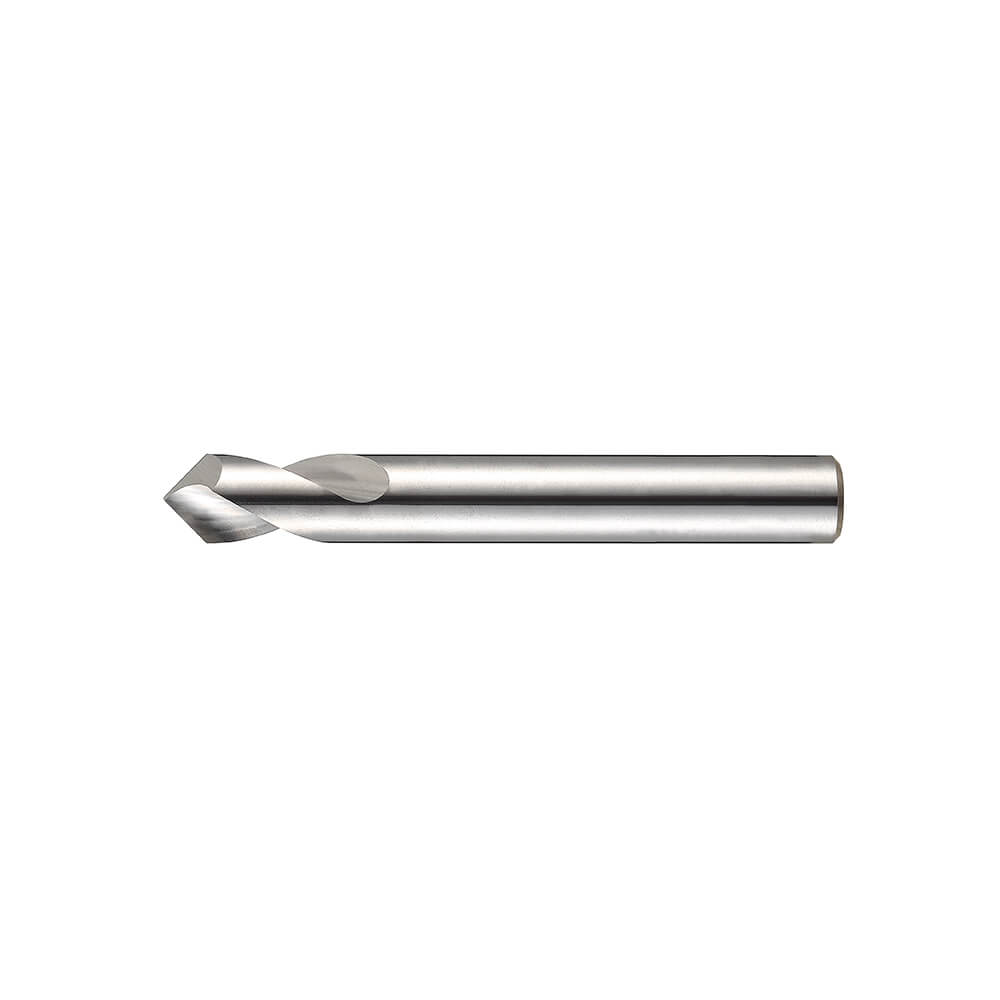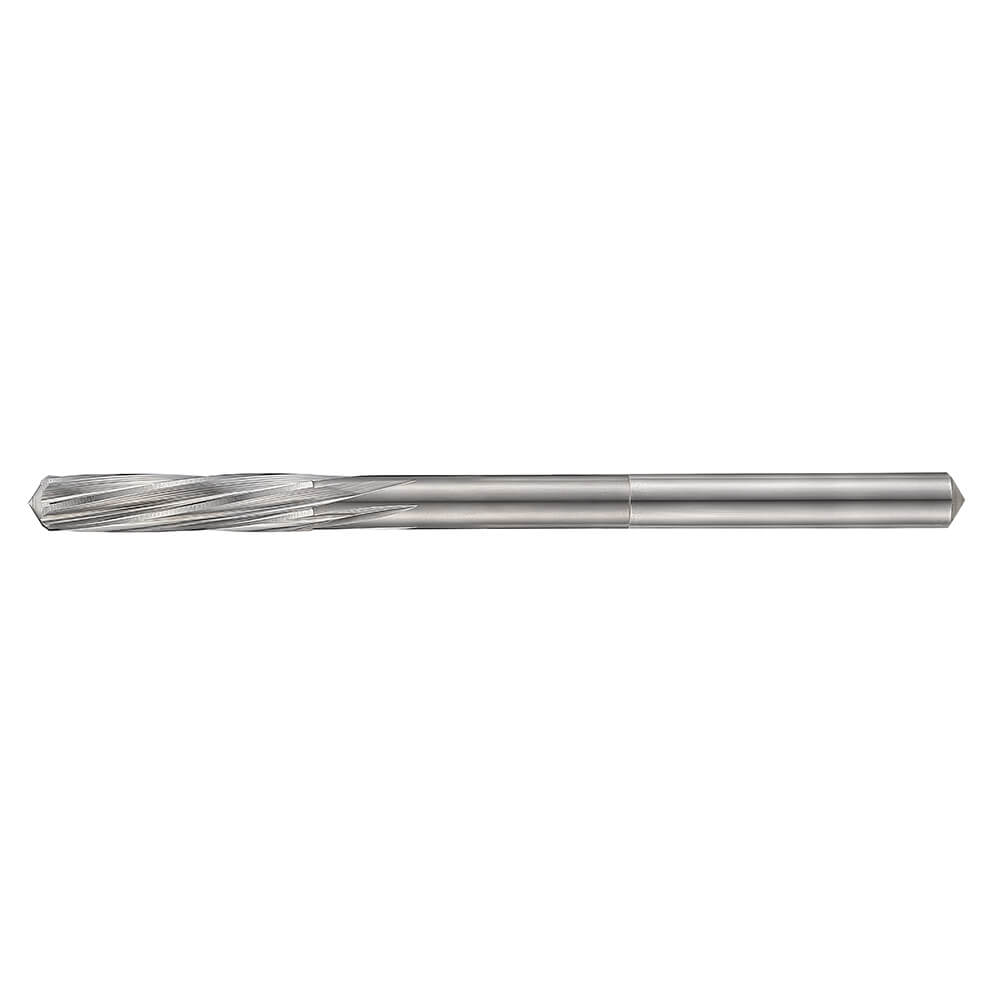Differences Between Tungsten Steel End Mills, Tungsten Steel End Mills for Aluminum, and HighHardness End Mills

In machining, choosing the right end mill is crucial for machining efficiency, product quality, and tool life. Below, we compare three types of end mills: tungsten steel end mills, tungsten steel end mills for aluminum, and highhardness end mills, and discuss their characteristics, advantages, and applicable areas.
| Definition | A cutting tool made of tungsten steel (carbide) used for milling various metal and nonmetal materials. |
|---|---|
| Characteristics |
Material: Tungsten carbide offers high hardness and wear resistance, maintaining its cutting performance even at high temperatures. Versatility: Suitable for machining a wide range of materials, including metals like steel, iron, copper, as well as some nonmetal materials. |
| Advantages |
Durability: Its high hardness and wear resistance allow it to maintain a longer service life during highspeed and hightemperature machining. Precision: Provides highprecision cutting, reducing surface roughness on workpieces. |
| Application Range |
General Machining: Suitable for general milling of various metal and nonmetal materials. Heavy Cutting: Capable of handling highstrength and highload cutting conditions. |
| Definition | A tungsten steel end mill specifically designed for aluminum and its alloys, with optimized tool design to accommodate the properties of aluminum. |
|---|---|
| Characteristics |
Material and Coating: Typically uses special coatings suitable for aluminum, such as ZrN (Zirconium Nitride), to reduce material adhesion and improve surface finish. Cutting Edge Design: The angle and number of cutting edges are optimized for better chip removal and reduced chip buildup. |
| Advantages |
High Performance: Designed for aluminum properties, it improves machining efficiency and reduces chip adhesion. Surface Quality: Provides excellent surface finish, reducing the need for secondary processing. |
| Application Range |
Aluminum and Aluminum Alloy Machining: Particularly suitable for highspeed and highfeed aluminum machining. Precision Component Manufacturing: Ideal for the production of aluminum parts requiring high surface quality and precision. |
| Definition | A specialized end mill used for machining highhardness materials, usually made from superhard materials like carbide or Cubic Boron Nitride (CBN). |
|---|---|
| Characteristics |
Material: Typically made from extremely hard materials that can withstand the high pressure and temperature involved in machining highhardness materials. Tool Design: Optimized for the characteristics of highhardness materials to reduce tool wear and improve cutting efficiency. |
| Advantages |
Wear Resistance: Exceptional wear resistance allows for a longer service life when machining highhardness materials. Cutting Ability: Capable of cutting highhardness materials such as hardened steel and superalloys, providing highprecision machining results. |
| Application Range |
Mold and Tool Manufacturing: Suitable for manufacturing molds and tools, which are often made from highhardness materials. Aerospace and Automotive Industries: Used in the production of components that require high strength and precision. |
Choosing the right end mill depends on the properties of the material and machining requirements. Tungsten steel end mills are suitable for general metal and nonmetal machining, tungsten steel end mills for aluminum are specifically designed for aluminum, and highhardness end mills are ideal for machining highhardness materials. Selecting the appropriate end mill based on specific machining needs can improve production efficiency, reduce costs, and ensure product quality.




